Skin changes typically affect patients suffering from lupus, both the cutaneous form of the disease and systemic lupus erythematosus. The condition is known to affect different organs and organ systems and requires special care and adequate treatment.
Skin Lupus Classification
Lupus affecting the skin can be classified into three major categories. The first one is discoid lupus, then we have sub-acute lupus and finally, there is rash occurring in individuals suffering from systemic lupus erythematosus.
It is estimated that discoid lupus affects the majority of patients. They are affected by well-defined and red scaly patches. These skin changes occur on the exposed parts of the body, predominantly the face, head and neck. The treatment may be quite successful. The only problems are remnant hypo or hyperpigmentation of the affected skin and the formation of scars. Permanent hair loss is also a potential complication of the disease and it generally affects the scalp.

Unlike people suffering from discoid lupus who usually do not develop a systemic form of the disease at some point, patients suffering from systemic lupus erythematosus frequently develop discoid lupus. In these patients there is characteristic rash affecting the nose and cheeks known as butterfly rash.
- Two-thirds of people with lupus have skin problems at some point. The most common is a rash, known as the "butterfly rash" because of its shape; this appears as redness over the cheeks and nose after being in the sun. The rash usually lasts only a few days but often comes back.
- Some people develop circular patches of raised, scaly skin (called discoid lesions), which often leave a scar. Some amount of hair loss (also called alopecia) is common, but total baldness is not. Many people develop ulcers or sores in the mouth, which are usually painless.
- Raynaud phenomenon is a condition that causes blood vessels in the fingers and toes to narrow in response to cold temperatures, emotional stress, and/or cigarette smoking. As the blood vessels narrow, less blood flows to the area, causing the fingers or toes to turn pale and then blue, purple, and/or red. Raynaud phenomenon is a frequent problem in people with lupus. However, most people who have Raynaud phenomenon do not have lupus.
- Many people with lupus are sensitive to ultraviolet (UV) light. This "photosensitivity" causes a skin rash to develop after exposure to UV light from the sun.
- To diagnose lupus, an experienced doctor will take a history, do a physical exam, learn about your symptoms, and order blood and urine tests. Then they will determine whether your symptoms are likely due to lupus or another condition. If it's not clear, they may order additional tests, such as imaging tests or biopsy (for example, if the skin or kidneys are affected).
- Everyone with lupus should be treated with daily hydroxychloroquine (brand name: Plaquenil) unless this medication is otherwise contraindicated. The benefits of this medication in lupus are broad and include relief of whole-body symptoms (such as fatigue and fever), musculoskeletal symptoms, and skin symptoms, as well as a reduction in the number of flares.
As far as subacute lupus is concerned, this condition develops due to exposure to sunlight. The rash is in a form of red and scaly rings that may be distributed throughout the body.
Treatment for Skin Lesions in Patients Suffering from Lupus
Depending on the type of the disease, as well the extent and severity of skin changes, patients with lupus may undergo different treatments.
Such patients must be strict to basic measures, may be prescribed topical creams and ointments or need to take medications orally.
One of the most important preventive measures is staying away from the sun. Since it is practically impossible not to expose the body to sunlight, one may prevent the skin by wearing long-sleeved tops, long trousers, and skirts, and a broad-brimmed hat. The use of sunscreens is also important.
Topical creams and ointments contain corticosteroids, powerful anti-inflammatory agents, capable of reduction of even the most severe skin inflammation. Strong steroid creams and ointments must never be used on the face and in this case doctors opt for more suitable creams and ointments.
The most severe cases are treated with oral medications. For instance, discoid lupus may respond well to hydroxychloroquine, dapsone, and thalidomide. Also, patients with systemic lupus are prescribed oral corticosteroids which control the systemic disease and additionally take care of skin lesions.
No matter what treatment is chosen, patients are regularly monitored and undergo treatment adjustments, if necessary.



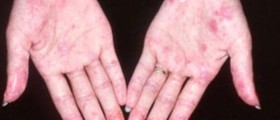


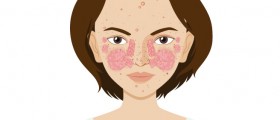
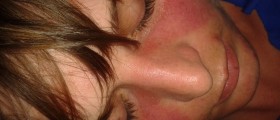
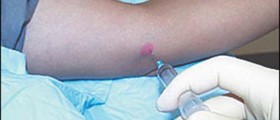
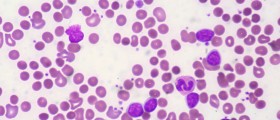






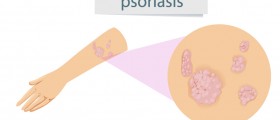
Your thoughts on this
Loading...